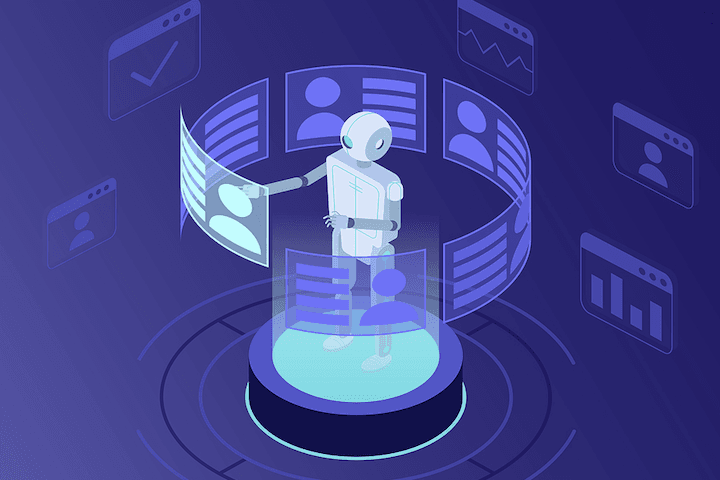Anyone who works in the talent acquisition department of a large organization will know full well that they may receive hundreds of thousands of CVs in any given year.
They may also know that screening these CVs is time-consuming, tedious, and exhausting.
Sometime, the result of this is that an entire recruiting pipeline might be held up just because the sifting process is taking so long.
That’s not including the fact rushed or tired recruiters may perform poorly or bring biases into their screening decisions.
Can AI be the solution?
Let’s take a closer look at an example of a vendor using AI to screen CVs.
CiiVSOFT is a UK based vendor that claims to be pioneering a new generation of AI-based CV screening tools.
Notable is the promise that it brings with it significant improvements over past tools.
So, does it? Let’s take a look:
In a nutshell
With CiiVSOFT, the software integrates with your Applicant Tracking Software (ATS). It reviews all the applications for a specific job, sorting candidates into three categories:
- Those who seem to align well with the role
- Those who might align well but have points which need clarification
- Those who don’t seem to align well and need a deep-dive to ascertain their suitability.
At that point, the recruiter takes over.
What’s under the hood?
The AI is powered by several foundational Large Language Models (LLMs), that have been refined with human feedback to improve performance. These LLMs are advanced enough to understand the skills, experience, competencies, and qualifications listed in job postings and CVs and then match accordingly.
The AI doesn’t need to be trained on specific jobs. It can handle all jobs even unusual ones.
Unlike keyword matching, these LLMs can make reasonable inferences, deducing that a candidate possesses a skill even if it’s not explicitly listed. This is based on such things as their education or experience.
Integration
There is a risk in focusing too much on the AI component of new tools, potentially overlooking other critical factors.
For new HR tech to be effective, it usually needs strong integration with other systems.
CiiVSOFT emphasizes its deep integration with several leading applicant tracking systems.
When assessing integration, HR should involve experts with experience in system integration to thoroughly examine how a new tool fits within the existing tech stack.
Integration can mean different things to different people, so having someone who can conduct a deep dive is necessary when evaluating new systems.
Legal and ethical compliance
Amazon’s AI-based CV screening system famously encountered issues when it unintentionally discriminated against women.
The core problem was that it used machine learning to find correlations between candidates’ CVs and those who had been hired, hence “learning” that gender was one predictor of whom to hire.
This illustrates the risks of black-box AI, which may be adept at making predictions without transparency.
The new, LLM-based approach is smarter than older methods, but according to Adam Butwilowski, CiiVSOFT’s founder, multi-layered protection is still essential.
When evaluating AI-based software that makes recommendations about personnel selection, pay, or promotions, CHROs should scrutinize their approach to ethical and legal compliance. And expect detailed answers is what’s needed, rather than simple reassurances.
Ensuring AI performance
Two key questions to ask about any AI-based tool are:
“Can it explain what it’s doing?” and “How will I know it’s working?”
In CiiVSOFT’s case, the tool can directly explain why it matched (or didn’t match), a CV to a job posting, so explainability is straightforward.
This transparency is a major indicator of the tool’s reliability.
Conclusions
With CV screening tools it is a good idea to do occasional audits by comparing its recommendations to the recommendations a recruiter would give if they didn’t use the tool.
For instance, you need to be checking things such as whether the system is overlooking good candidates, or whether the system suggesting poor ones?
You will also want a steer on whether there are any hints of bias is creeping in?
Audits at this level will give you confidence that the system is working as intended or perhaps indicate changes need to be made.
Overall, we can see that AI technology is improving in ways that make it more reliable and useful for HR.
If you find current AI tools not meeting some HR need don’t give up; in a few years or maybe a few months, advances in AI may solve your problems.
